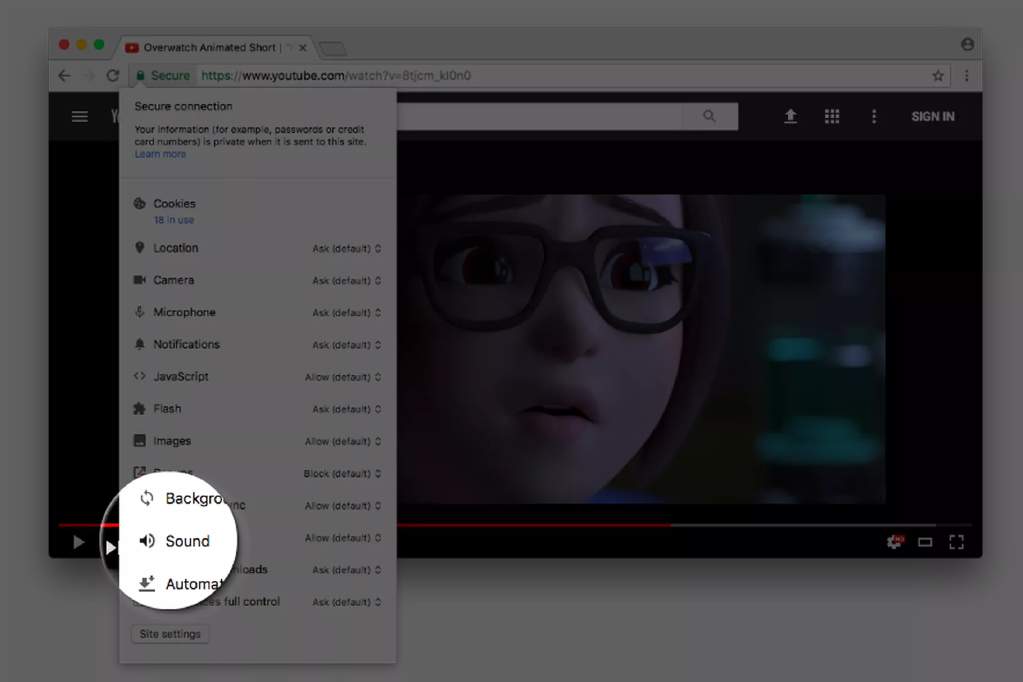
Chrome’s new mute feature for auto-play ads
By Brittney MacDonald, Life & Style Editor
As an avid internet peruser, one of my biggest pet peeves are auto-play ads. If you’re wondering what that is, it’s a video or audio advertisement that will play automatically when you open a window.
Usually they’re attached to a banner of some kind, which may or may not be hidden on whatever page you’ve happened to load. In general, auto-play ads are loud, annoying, and they usually tend to lag your computer due to the fact that they are specifically constructed to load faster than the rest of the web page’s content—not to mention, if you surf late at night, they can be downright terrifying. There’s nothing quite like being alone in the dark and having a tiny heart attack because when you open a web page you are greeted with screeching car tires (thanks Toyota). Some auto-play ads are even sneaky enough to bypass your audio-jack, meaning that if you’re wearing headphones, the ad will still play through your regular laptop speakers—this is especially problematic if you’re in a public space, such as a library or coffee shop.
As annoying as these ads are, not all hope is lost. It appears that the general population were not the only ones to find these ads abhorrent. Alphabet Inc., owners/creators of Chrome, are currently testing a feature that will mute auto-play ads for any website you so choose. This has its pros and cons, as you will need to activate the feature for each new website, but once done the mute will work for any webpage associated with that site, and this will only need to be done once. This works in that only certain websites—such as CNN—employ auto-play ads, but it is annoying in that it’s one extra thing you have to do, initially. The intent is that it will help the Chrome browser load and function better, as well as satisfy its users—even if it does mean that Alphabet Inc. will be taking a bit of a pay cut, seeing as they do receive revenue from those ads.
As of August 28, 2017 the feature is still being beta tested, but the hope is that it will be out later this year.

